
Ingredient
Chestnut flavour
The Nutty Delight: Chestnut Flavour
Chestnut flavour is a concentrated extract or essence derived from chestnuts, offering a distinct nutty taste and aroma. It is commonly used in baking, confectionery, and savory dishes to enhance their flavor profile. With its deep, earthy notes, chestnut flavour adds a touch of warmth and richness to various culinary creations.
Origins and history
Chestnuts have a long history dating back to ancient times, with evidence of their consumption found in archaeological sites in China, Greece, and Italy. Chestnut flavour has been used in traditional European and Asian cuisines for centuries, adding a unique nutty taste to dishes like roasted meats, soups, and desserts. It is also associated with festive celebrations, particularly during the holiday season.
Nutritional information
Chestnut flavour is low in calories and fat but rich in flavor. It does not provide significant nutritional value on its own, but it can enhance the taste of dishes without adding excessive calories or unhealthy fats.
Allergens
None known.
How to select
When selecting chestnut flavour, opt for high-quality extracts or essences from reputable brands. Look for products that are made from real chestnuts and do not contain artificial additives or flavors. Consider the intended use of the chestnut flavour, as some products are specifically formulated for baking or confectionery purposes.
Storage recommendations
To preserve the freshness and quality of chestnut flavour, store it in a cool, dark place away from direct sunlight or heat sources. Keep the bottle tightly sealed to prevent evaporation or contamination. Avoid storing it near strong-smelling substances, as chestnut flavour can absorb odors easily.
How to produce
Chestnut trees can be grown in temperate regions with well-drained soil and ample sunlight. They require a long growing season and are typically propagated through grafting or budding. However, producing chestnut flavour requires specialized extraction techniques that are best left to professionals.
Preparation tips
Chestnut flavour can be used in a variety of recipes, including baked goods like cakes, cookies, and pastries, as well as in savory dishes like stews, sauces, and glazes. It can also be added to beverages such as coffee, hot chocolate, or cocktails for a nutty twist. Start with a small amount and adjust according to taste, as chestnut flavour can be quite potent.
Culinary uses
Chestnut flavour is commonly used in European and Asian cuisines. In European cuisine, it is often found in dishes like roasted meats, stuffing, and desserts such as Mont Blanc. In Asian cuisine, chestnut flavour is used in soups, stir-fries, and traditional sweets like chestnut cake or candied chestnuts.
Availability
Chestnut flavour is widely available in specialty food stores, baking supply shops, and online retailers that offer a wide range of culinary ingredients. It is more commonly found in regions where chestnuts are cultivated or where European and Asian cuisines are popular.
More ingredients from this category » Browse all

Fruits of the forest flavour
Enchanting Blend: Unveiling the Fruits of the Forest
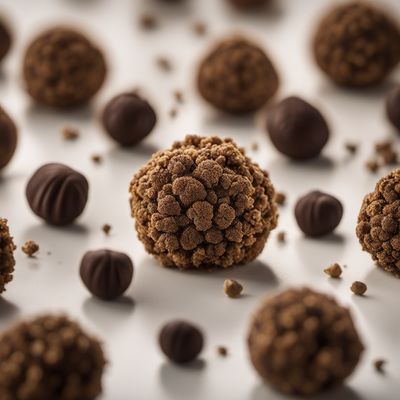
Truffle flavour
The Essence of Earthly Delight

Cranberry flavour
Tangy Delight: Exploring the Vibrant Cranberry Flavour
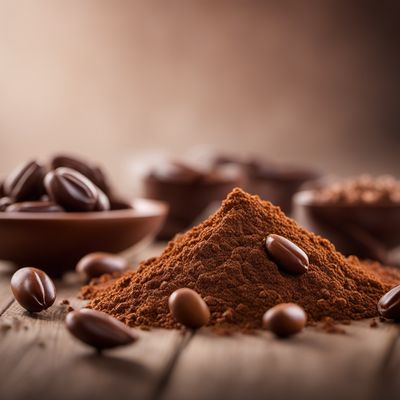
Carob flavouring
Carob Flavouring: A Natural Alternative

Orange flavour
The Essence of Citrus

Cappuccino flavour
Indulge in the Richness of Cappuccino Flavor
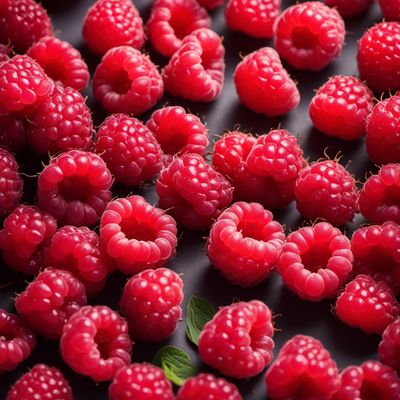
Raspberry flavour
The Luscious Raspberry Flavour
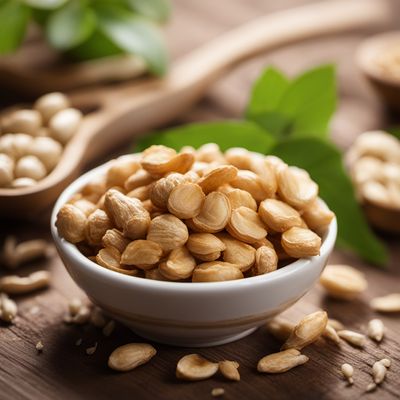
Ginseng flavour
"The Energizing Essence: Unveiling the Enigmatic Ginseng Flavour"

Apricot - peach flavour
The Perfect Blend: Apricot Infused with Peach Essence
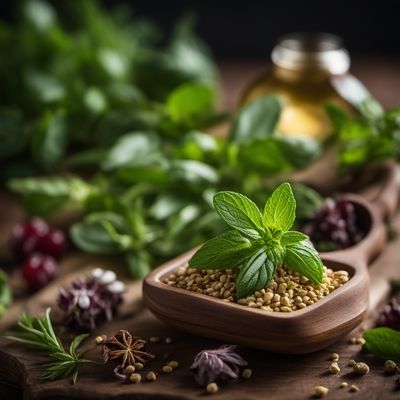
Herbs flavour
The Essence of Nature

Eucalyptus flavour
Refreshing Minty Twist
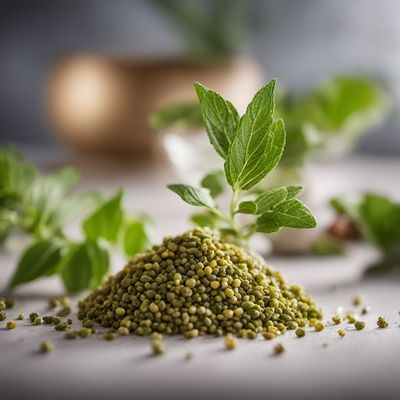
Herbal blend flavour
The Art of Herbal Infusion